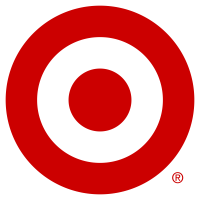
Target Corp
NYSE:TGT

Net Margin
Target Corp
Net Margin measures how much net income is generated as a percentage of revenues received. It helps investors assess if a company's management is generating enough profit from its sales and whether operating costs and overhead costs are being contained.
Net Margin Across Competitors
| Country | Company | Market Cap |
Net Margin |
||
|---|---|---|---|---|---|
| US |

|
Target Corp
NYSE:TGT
|
43.3B USD |
4%
|
|
| AU |

|
Wesfarmers Ltd
ASX:WES
|
96.2B AUD |
6%
|
|
| CA |
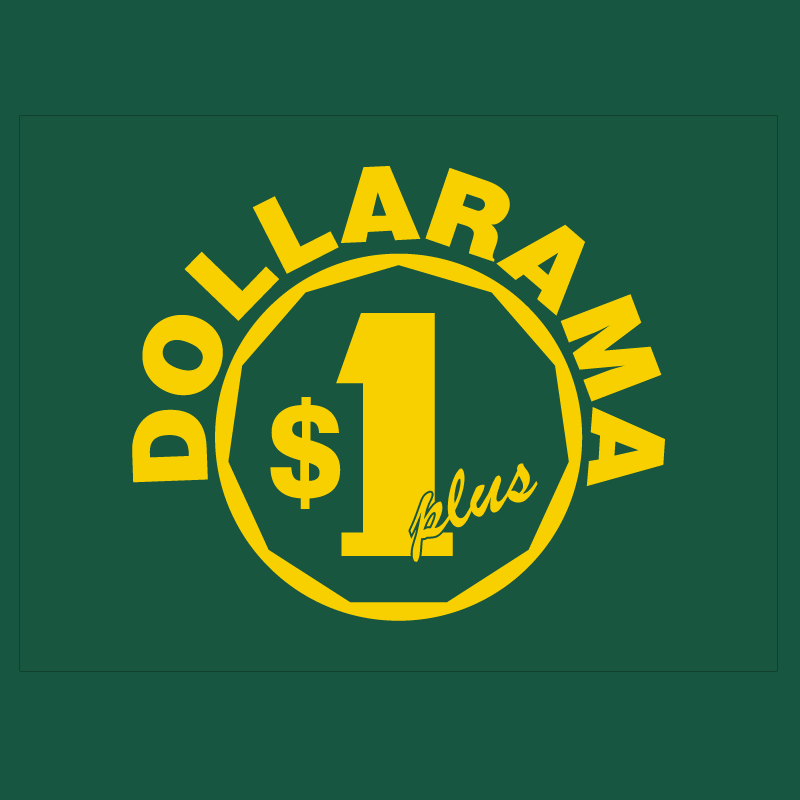
|
Dollarama Inc
TSX:DOL
|
53.7B CAD |
18%
|
|
| US |
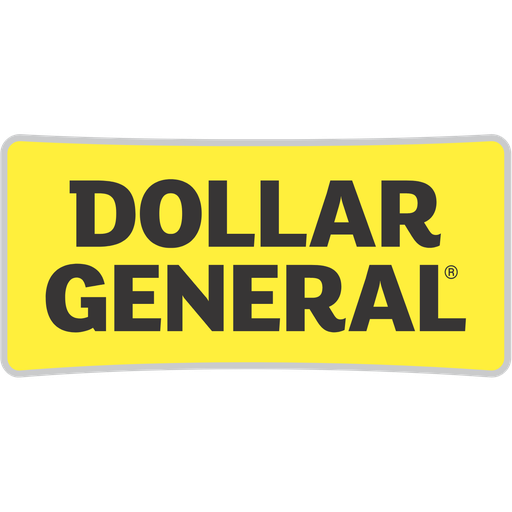
|
Dollar General Corp
NYSE:DG
|
24.5B USD |
3%
|
|
| US |
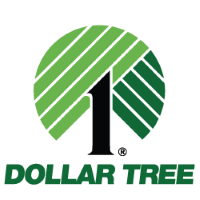
|
Dollar Tree Inc
NASDAQ:DLTR
|
20B USD |
-15%
|
|
| JP |

|
Pan Pacific International Holdings Corp
TSE:7532
|
2.8T JPY |
4%
|
|
| JP |

|
Ryohin Keikaku Co Ltd
TSE:7453
|
1.7T JPY |
7%
|
|
| CA |

|
Canadian Tire Corporation Ltd
TSX:CTC.A
|
9.8B CAD |
5%
|
|
| US |

|
Ollie's Bargain Outlet Holdings Inc
NASDAQ:OLLI
|
7B USD |
9%
|
|
| CN |
M
|
MINISO Group Holding Ltd
HKEX:9896
|
43.5B HKD |
14%
|
|
| AU |
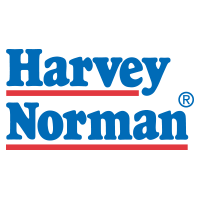
|
Harvey Norman Holdings Ltd
ASX:HVN
|
6.8B AUD |
10%
|
Target Corp
Glance View
Once an everyday department store in Minnesota, Target Corporation has grown to become an influential giant in the American retail landscape. Founded by George Dayton in 1902, the company initially operated under the name “Dayton Dry Goods Company,” which evolved to an entirely different business model; in 1962, Target was born, pioneering the idea of offering quality merchandise at discounted prices. With its distinctive red bullseye logo, Target positioned itself between luxury department stores and discount retailers, crafting a niche where shoppers could expect stylish products without breaking the bank. Through a strategic blend of in-store and online experiences, the company's success lies in its ability to cater to middle-class shoppers by carefully curating trendy, affordable private-label brands and maintaining robust partnerships with national and exclusive designers. Target's revenue model thrives on a diverse mix of product categories, from household essentials to electronics, apparel, and groceries. Stores are strategically located with convenient layouts that encourage impulse shopping while creating a seamless customer journey, whether browsing aisles or clicking through their digital counterpart. Additionally, the company embraces an efficient supply chain and data-driven inventory management to enhance profitability. A cornerstone of Target's success is its ability to adapt to changing market landscapes and consumer preferences, investing continually in technological integration, such as the Target Circle loyalty program and same-day delivery services. By balancing innovation with core retail principles, Target sustains its competitive edge, establishing a balanced platform for sustainable growth while aiming to capture a larger share of consumer spending.

See Also
Net Margin measures how much net income is generated as a percentage of revenues received. It helps investors assess if a company's management is generating enough profit from its sales and whether operating costs and overhead costs are being contained.
Based on Target Corp's most recent financial statements, the company has Net Margin of 4%.





















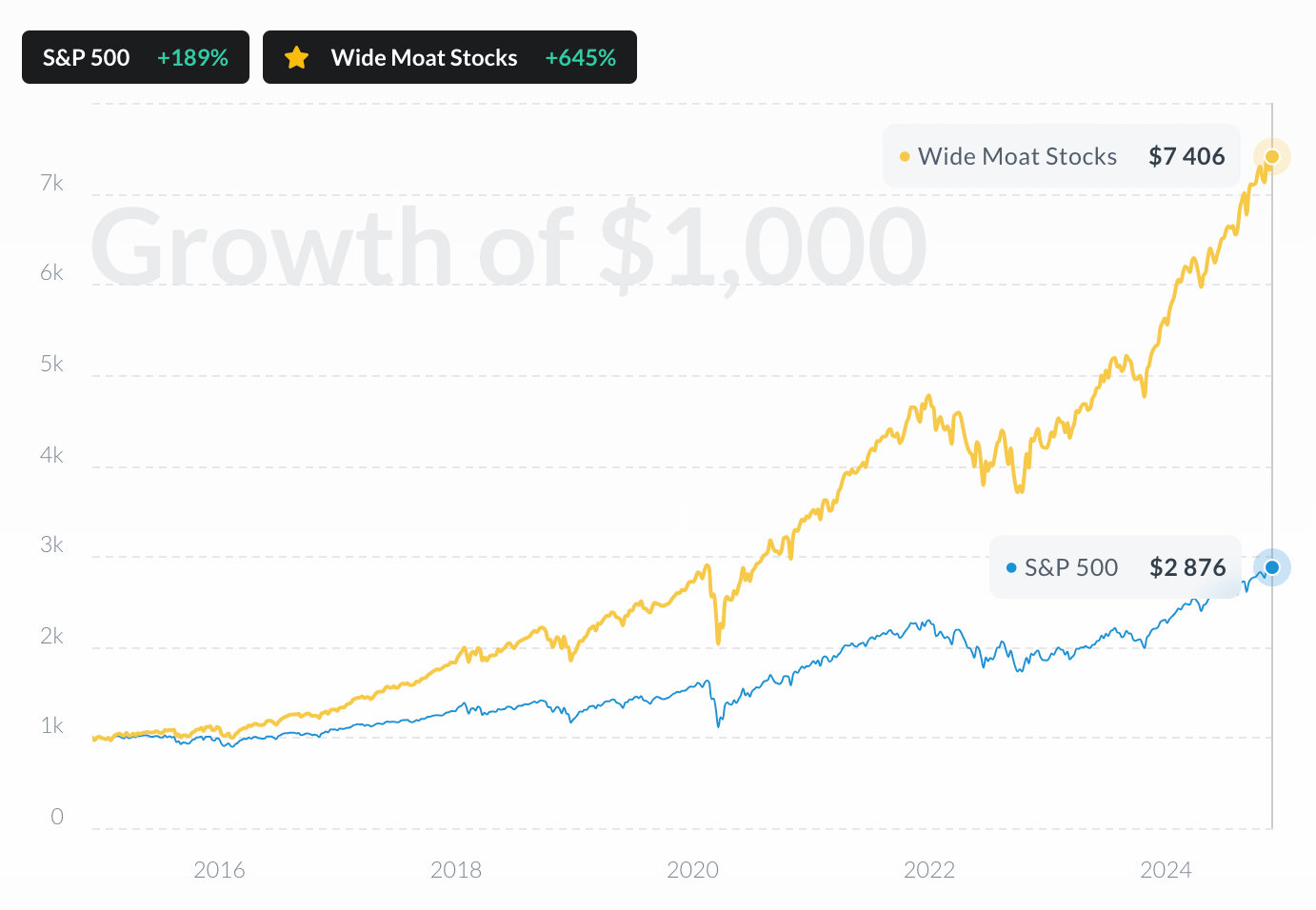


























 You don't have any saved screeners yet
You don't have any saved screeners yet